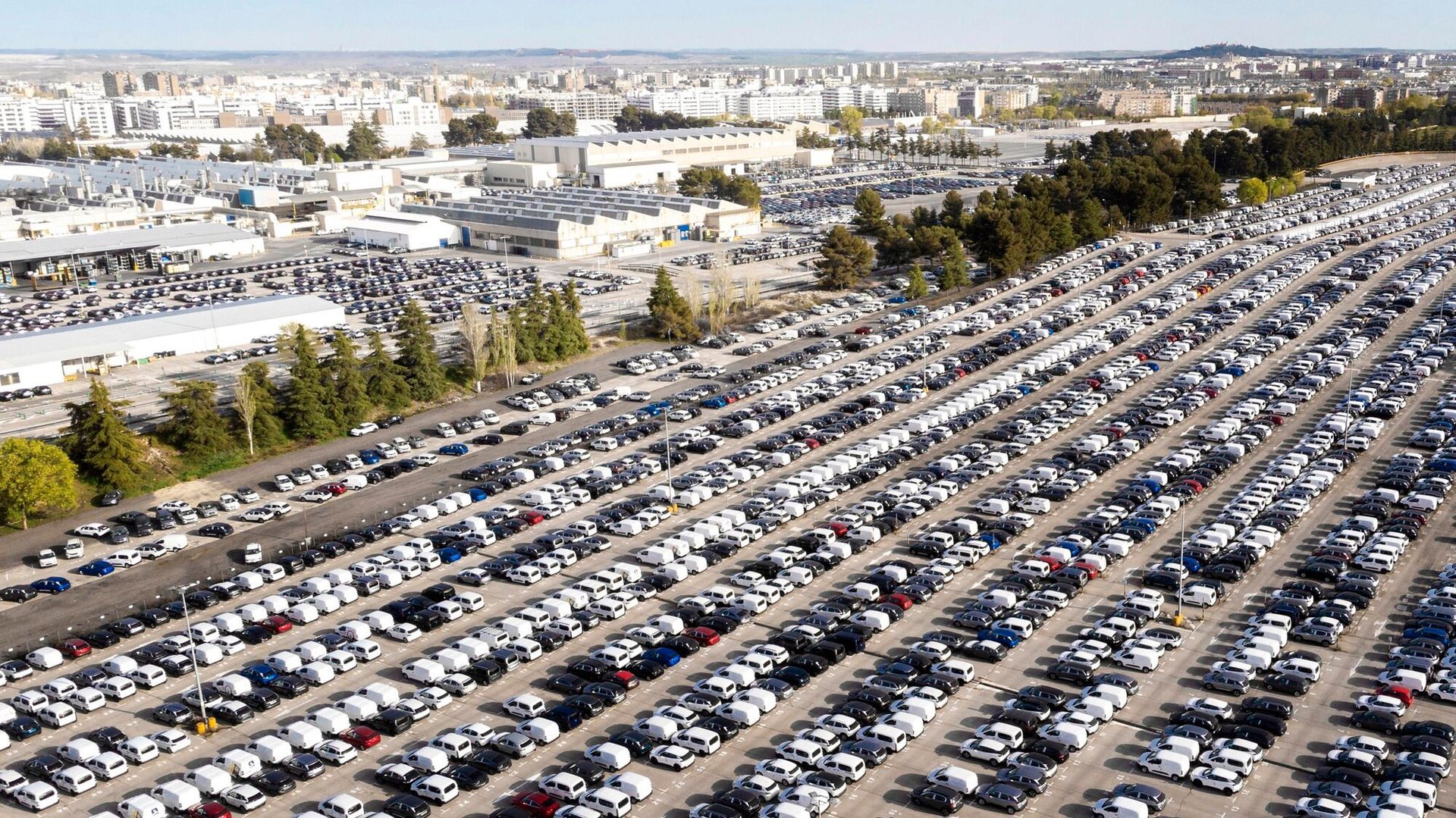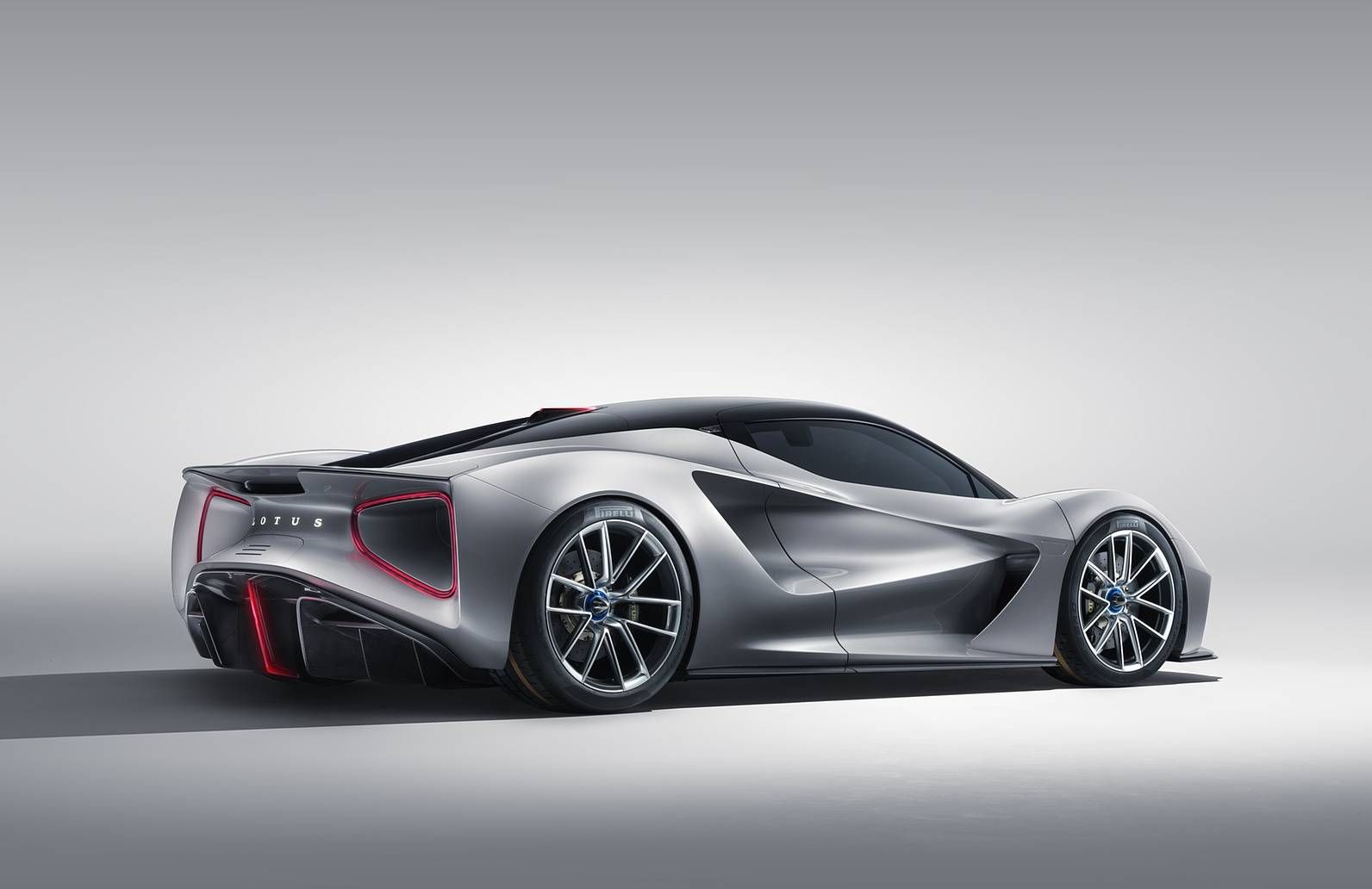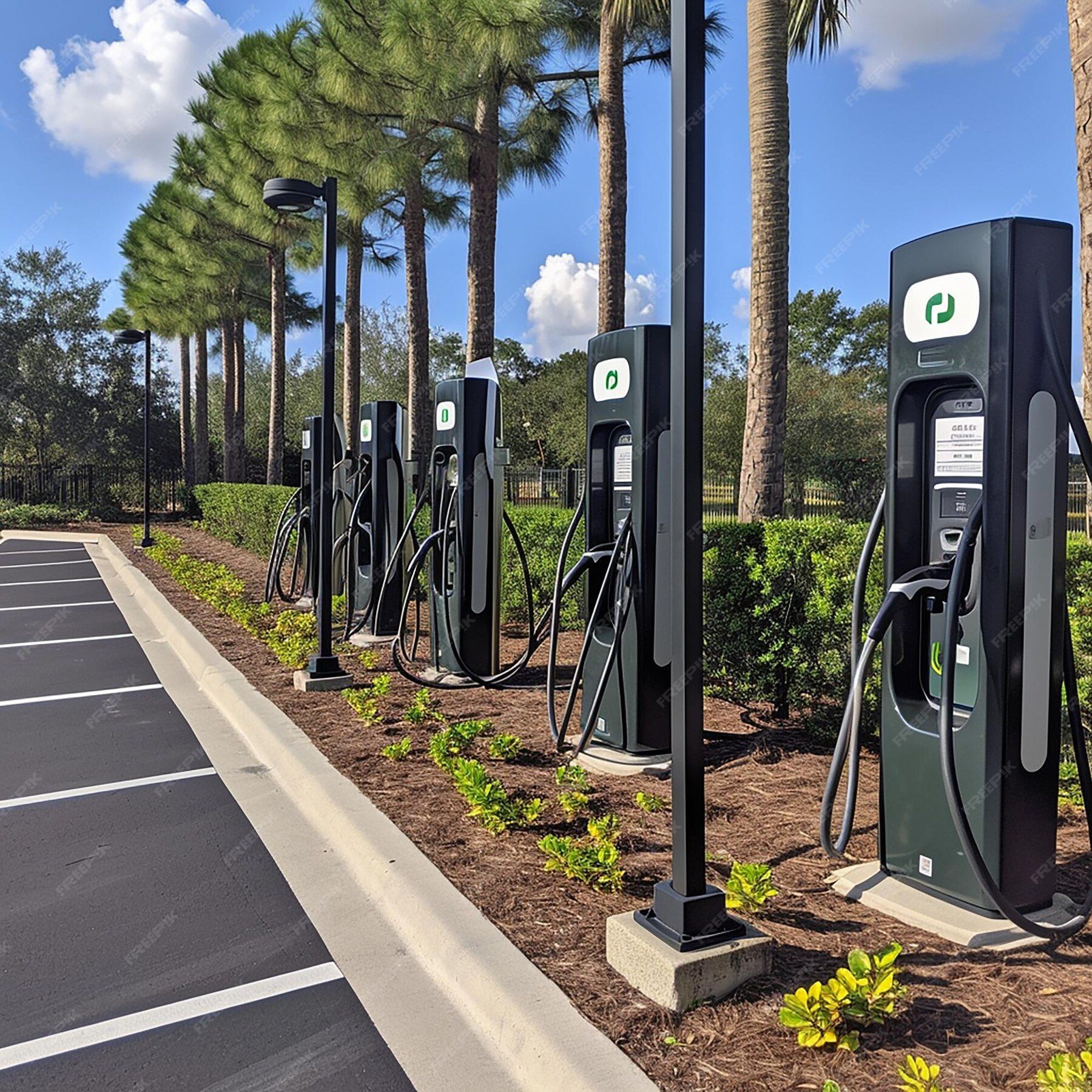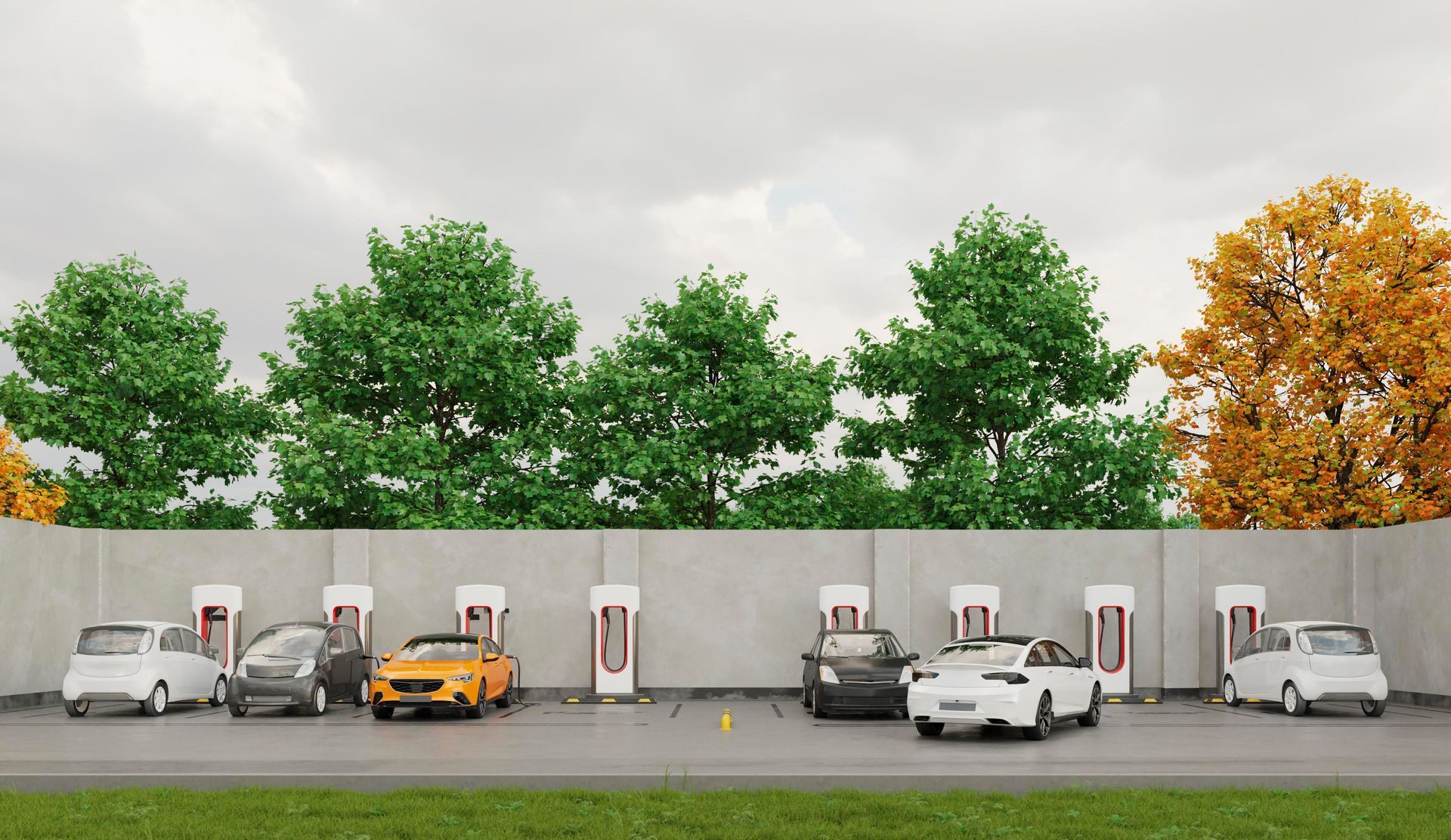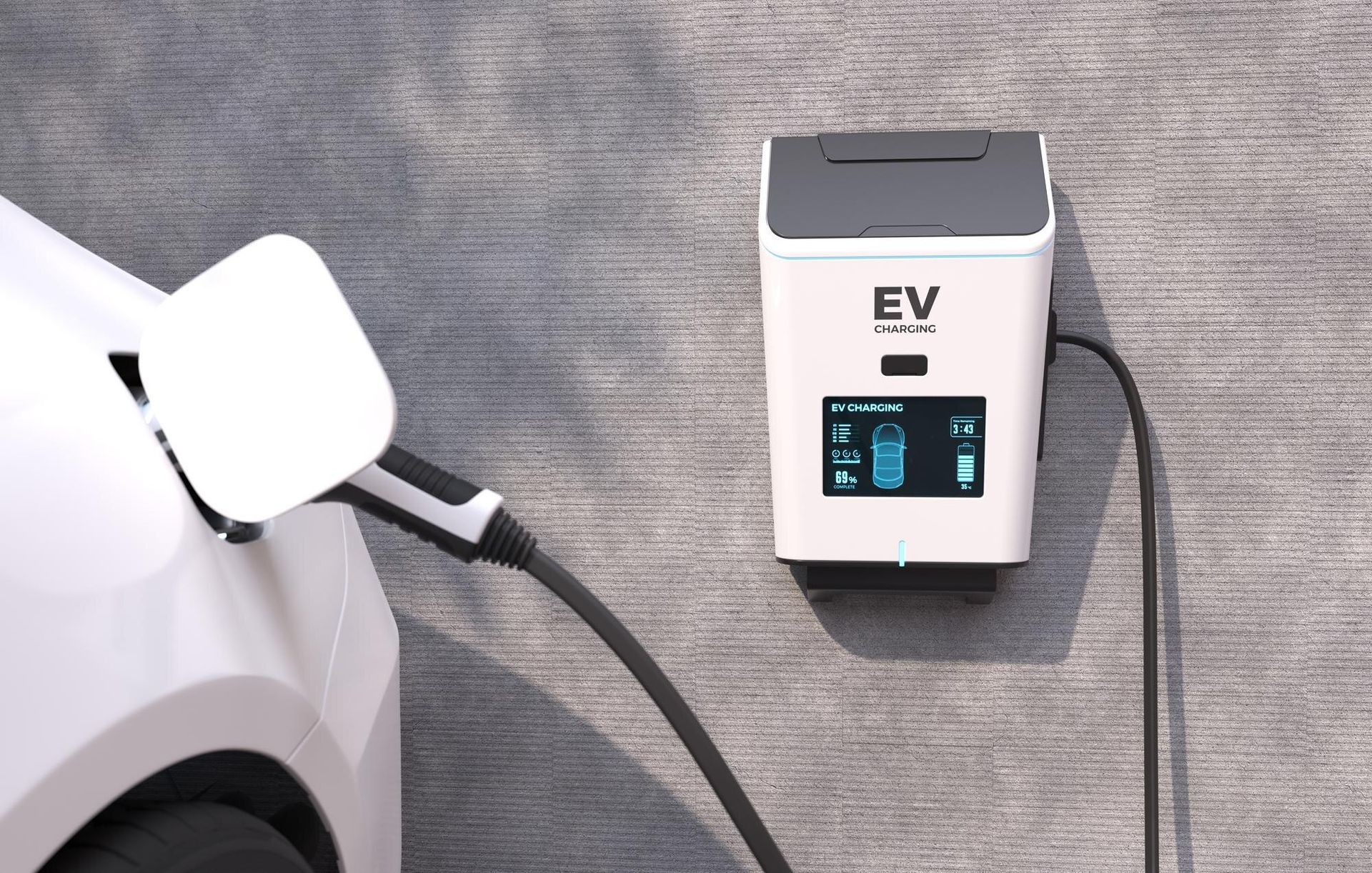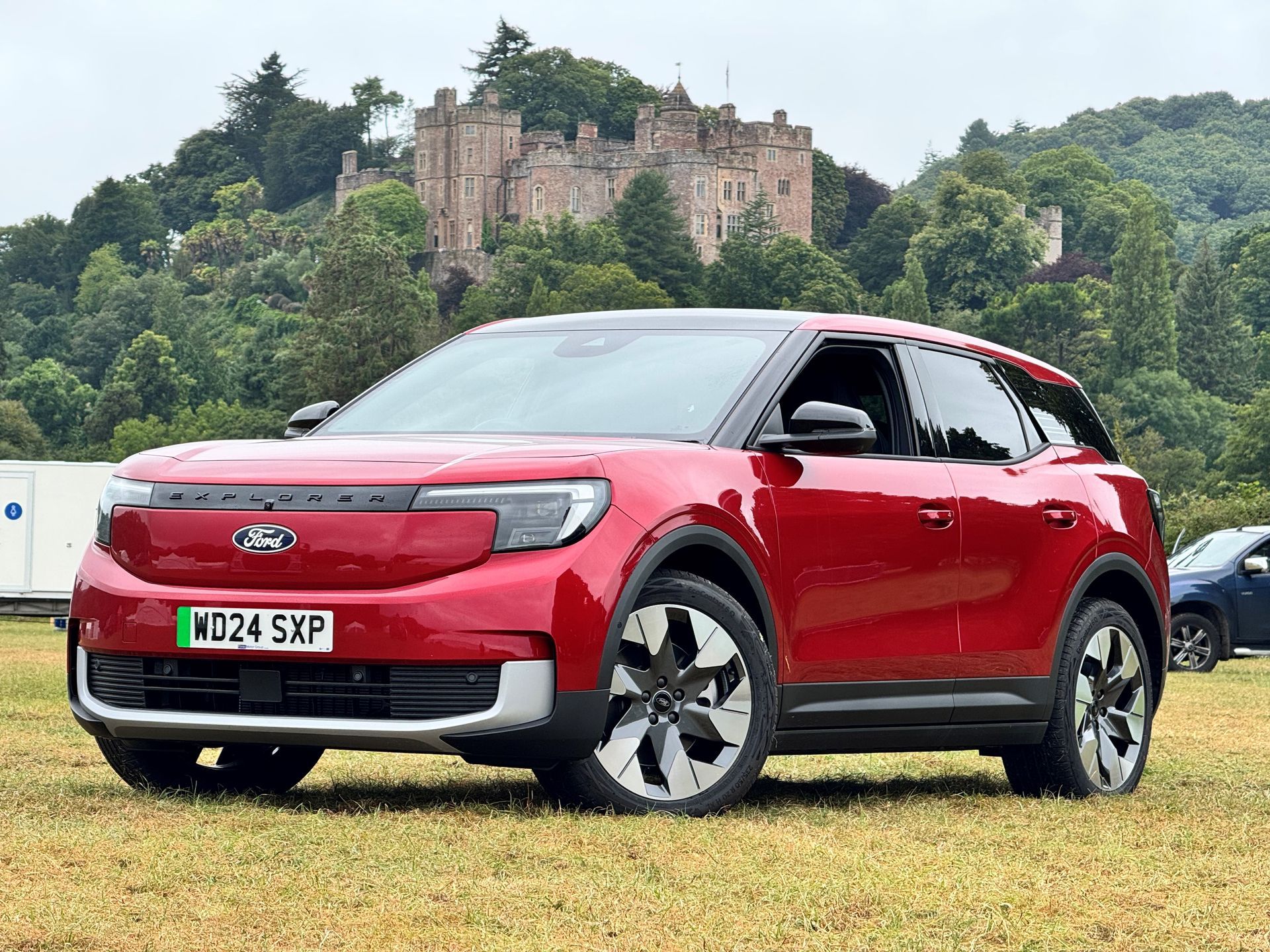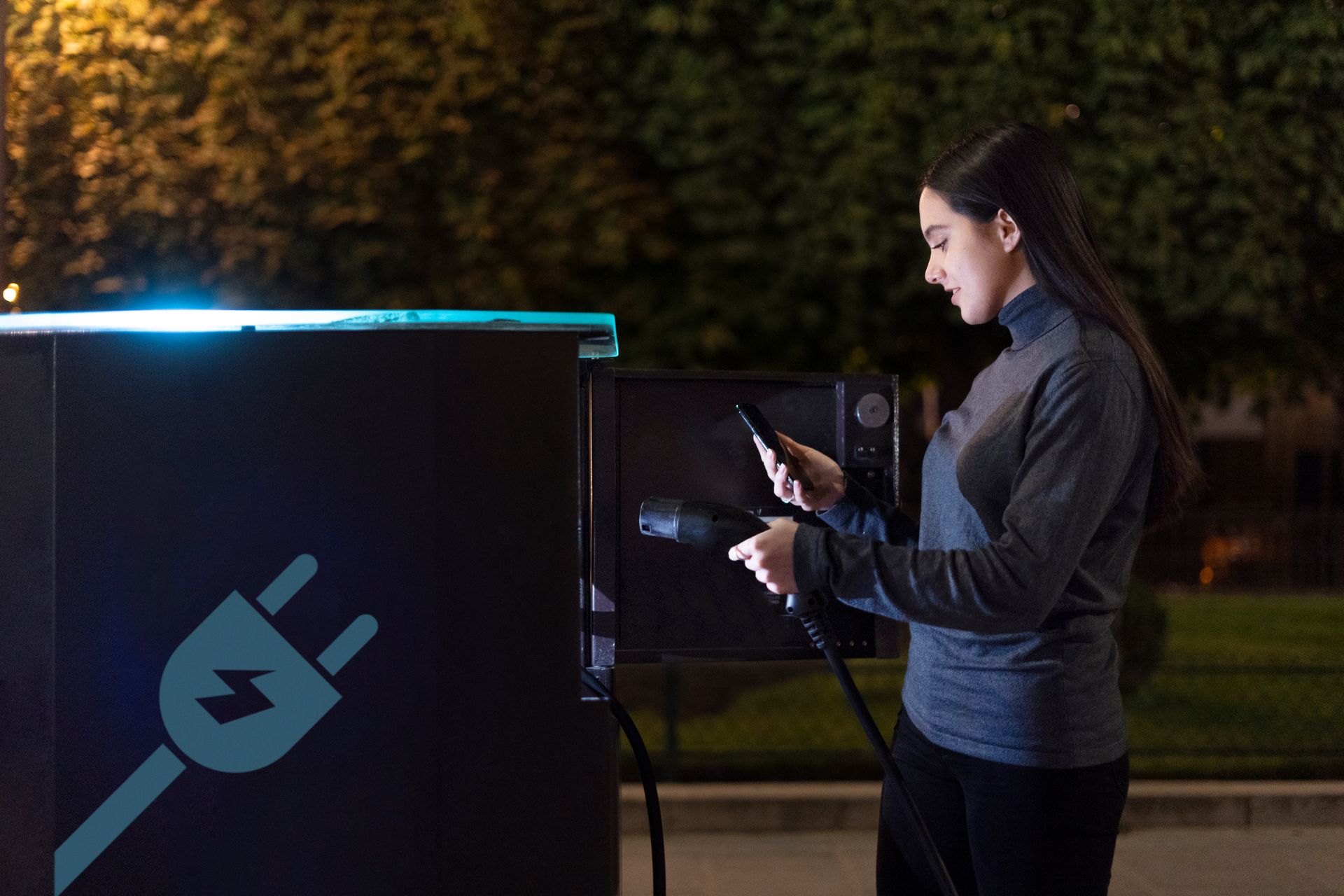Ford Dreams Of 2 million EVs Annually
Ford has said that it has the materials lined up to produce around 2 million electric cars, trucks and vans a year until 2026.

In its latest forecasts, leading automotive manufacturer Ford has said that it has the materials lined up to produce around 2 million electric cars, trucks and vans a year until 2026. Semiconductors have yet to be sorted so this might well be a bit of wishful thinking!
Ford have said that they have 60 gigawatt-hours (GWh) of batteries secured make 600,000 EVs a year between now and late 2023, and 70% of that required to make and sell up to 2 million vehicles a year between then and 2026.
Assuming they can make the 1.4 million EVs a year without sourcing the rest of the batteries to power 2 million, they would still be a big threat to Tesla in terms of volumes of battery electric cars. The four models Ford producing are:
- 270,000 Mustang Mach Es annually for North America, Europe and China
- 150,000 Transit EVs for North America and Europe
- 150,000 F-150 Lightnings for North America only
- And rather cryptically, 30,000 of an all new electric SUV for the European market (with plans to ramp up production in 2024)
Many of the new vehicles will have LFP batteries as opposed to NMC. Lithium iron phosphate (LFP) batteries have a significant range disadvantage over nickel manganese cobalt (NMC) but are cheaper to produce and don’t need cobalt. Cobalt is the worst metals in terms of environmental damage in an EV battery.
Semiconductors Still A Problem
All automotive manufacturers have a big problem - semiconductors - which are the chips used in ICE and EV electronics. This is a continuing headache with all manufacturers spending lots of time and money trying to source them - and a very big reason that no matter their capacity to make the vehicles, they just can’t.
Put simply, without a functioning ECU in any modern car these days (let alone EVs) the car won’t be able to run. In an interview with Ford Authority in May, Ford’s CEO Jim Farley said, “Although we see the chip shortage easing in the second half of the year, as we scale our battery electric vehicles, we will have new supply challenges in both semiconductors, electronic components in general… so in the near term, we’re going to have to upgrade our talent organisation’s capability in working with our supply chain and our engineering team and manufacturing team proactively so that we don’t get ourselves in the situation that we’ve had been in.”
The same news outlet said that Ford had 53,000 half built vehicles awaiting chips in May. With competition so fierce, this is a problem that’s going to dog Ford and its rivals for quite some time to come.
It’s all very well having the batteries lined up but the kit to turn the power into energy is as important as the wheels on which they roll! No chips, no car. Until any manufacturer sorts out their own semiconductor shortage, everyone ordering an EV will have to wait a while before they get to drive away their shiny new car…


